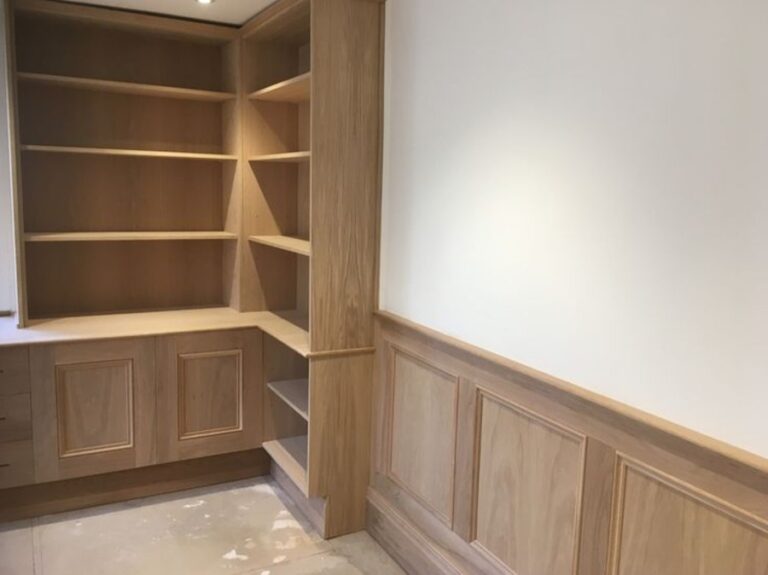Tiles come in many shapes and sizes. The can be used for walls, for the floor, for roofs, even in the kitchen for things like splash backs and seats. They come in all shapes, sizes, colors, and textures. No matter what the need there’ll be a tile for the job. But how do you know which tile is the tile for the job? Keep reading to learn about the different types of tiles, their advantages and what they are used for. Let us start with the most common tile which everybody will know about. Tiles are usually seen and used in showers and bathrooms. They are quite hard, waterproof and easy to clean. Within the ceramic tile range, there are tiles that are made for walls and there are. Wall tiles always have a gloss finish and are thinner and lighter than floor tiles. Are you looking for bespoke marble slabs? Visit the before discussed site.

This allows for easier setup. Floor tiles are thicker and thicker than wall tiles. Because people will be walking on them and furniture can be stored on them, they will need to be quite strong. Floor tiles may also have a gloss finish and this is frequently true for living areas. If you’re using a ceramic tile it is suggested that you do not use a gloss finish. A gloss finish means the tiles will be slippery and dangerous when they get wet. Ceramic tiles are a great all-purpose tile. They resist water can withstand heat and are relatively simple to install. Be careful though because ceramic tiles are brittle so if you drop them or drop something shatter and hard on to them they could crack. Stone tiles are very similar to tiles except they are made from natural rock rather than’manufactured’. Stone tiles are usually very heavy, very strong and able to withstand a whole lot of punishment and traffic.
They can be made from marble, slate, sandstone, travertine and various other natural stone. Stone tiles are more expensive than ceramic tiles and therefore are not as common. Because they are expensive and much less common, stone tiles can really stand out and have an effect on the look of your house. They will also add value to your house. Stone tiles are slightly more challenging to lay than tiles because of their weight. They are heavy and quite robust so it makes cutting on the tiles harder. They are laid in pretty much the same fashion as ceramic tiles. Cork tiles are made from cork. Cork tiles are popular for use on floors generally living areas. They are much quieter and also warmer than ceramic tiles. Another benefit to cork tiles is that they are softer than ceramic tiles. If you drop a glass or something similar it is less likely to break if you have a cork floor, although this means they are more comfortable to walk on. Cork tiles need to be sealed to protect them. Depending on the variety that they may come sealed or they might need to be sealed after installation.



